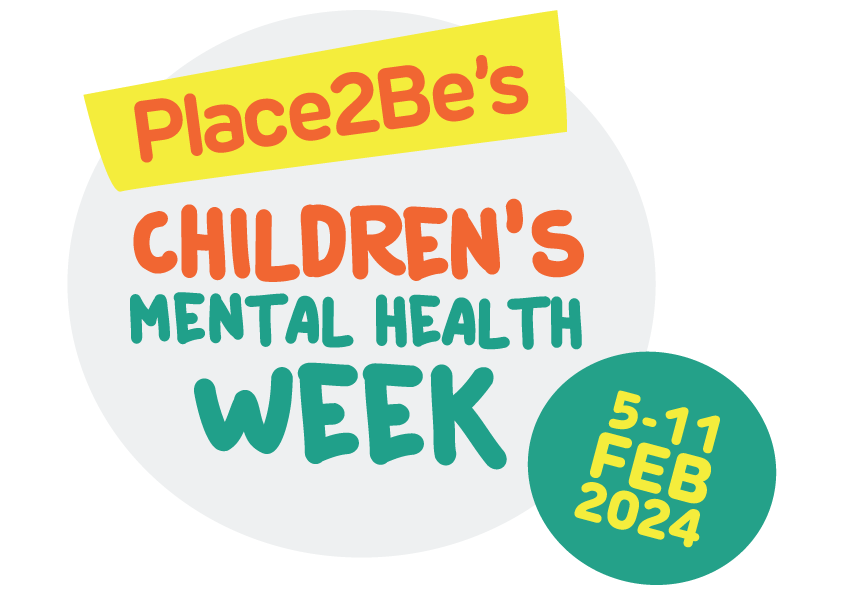
Understanding the links between communication difficulties and mental health challenges
In a guest blog for Children’s Mental Health Week Louisa Reeves, Head of Impact and Evidence at I CAN children’s communication charity, writes about the links between communication difficulties and mental health challenges.
The theme of this year’s Children’s Mental Health Week is ‘Express Yourself’, but for many children and young people using spoken words and sentences to express themselves can be a major challenge. Being able to communicate with others is a major part of maintaining a sense of wellbeing and resilience. Lots of skills are involved in this: We need to be able to understand what people are saying to us, which includes the words they use but also things like the grammatical structure of sentences. For example, think about the difference between ‘the dog bit the man’ and the ‘man bit the dog’; it’s only the order of the words which changes the meaning. We also need to be able to understand the underlying meaning and intention of the speaker. For example, if a child gets angry and throws their pencil across the room and the teacher says ‘well that was a clever thing to do wasn’t it’ it’s only the tone of voice that tells that child the hidden meaning behind the teacher's words. Finally, we need to be able to put sounds together to make words and words to make sentences in order to tell our side of the story.
For many children and young people, speech, language, and communication skills like the ones I have just described are something they really struggle with. For these children school is a bewildering and frustrating place where they don’t understand what is going on and can’t take part. Speech, language, and communication needs (SLCN) don’t just affect a child’s ability to learn in lessons, they also impact their ability to make friends and join in with less structured parts of the school day. If you need more processing time to understand what others are saying or you find it hard to make yourself understood then making friends and joining in playground games can be a real challenge. The problems can be exacerbated as children get older and move through the school system. In secondary school the language load in lessons gets more complex but also the social skills required to navigate through the challenges of adolescence can be a real obstacle for young people with speech, language, and communication needs.
There is a strong association between communication difficulties and mental health challenges. Research shows that 45% of young people referred for mental health services have communication difficulties. Frustration, a sense of isolation, and confusion can all compound feelings of distress and anxiety and contribute to poor mental health. Many children and young people with one of the more severe forms of SLCN, Developmental Language Disorder, suffer from mental health problems. The difficulty is compounded by the fact that many interventions to support children’s mental health are based on talking. These interventions are likely to be less effective if children and young people have a language difficulty and adults supporting them need to make adjustments to allow for this.
To sum up then, language and mental health difficulties may go hand in hand – children and young people with mental health difficulties may have an underlying speech, language and communication need and interventions for these children need to be carefully selected so they don’t add to the challenges already faced. 81% of children with emotional and behavioural disorders have significant language deficits, often unidentified.
But it’s not all doom and gloom. At I CAN the Children’ Communication Charity we work to support children and young people with SLCN, including running two special schools for CYP with complex needs. Our schools have a focus on supporting children and young people’s wellbeing and mental health alongside their communication needs. We also work with local authorities, schools and early years settings to help increase staff knowledge of SLCN and how to help as well as having a range of evidenced resources and interventions to support children and young people. When we talk to teachers we often say ‘when you see behaviour think language’, we encourage schools to look at a child’s behaviour in the context of the possibility of a language and communication difficulty.
Some of the practical strategies you can try include having visual support for information or activities, especially if they involve a sequence of actions. Using pictures, photos, diagrams or symbols can really help students who may find it hard to process or remember longer or more complex sentences. For the same reason, it helps to avoid lengthy sentences. Try and chunk the information into shorter sentences. Leave time for processing and thinking before you want an answer to a question. Always check that what you have said has been understood – some older children, in particular, find it hard to say when they haven’t understood something.
Find out more about SLCN on I CAN’s website
This blog was written in a personal capacity and does not necessarily reflect the view of the organisation.
